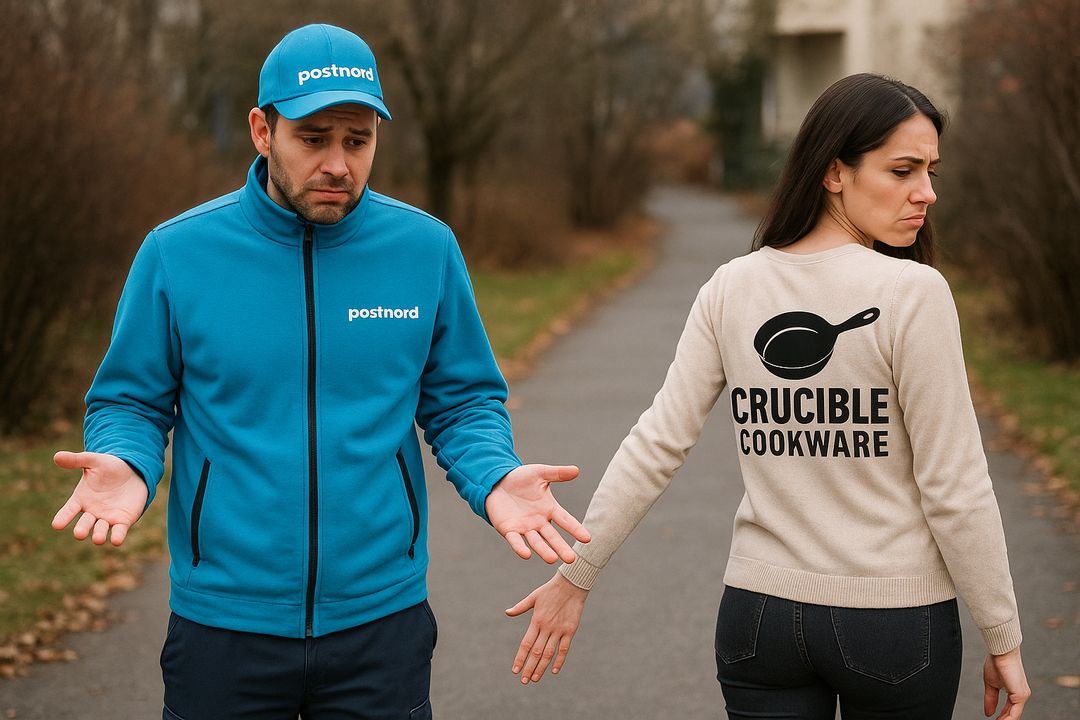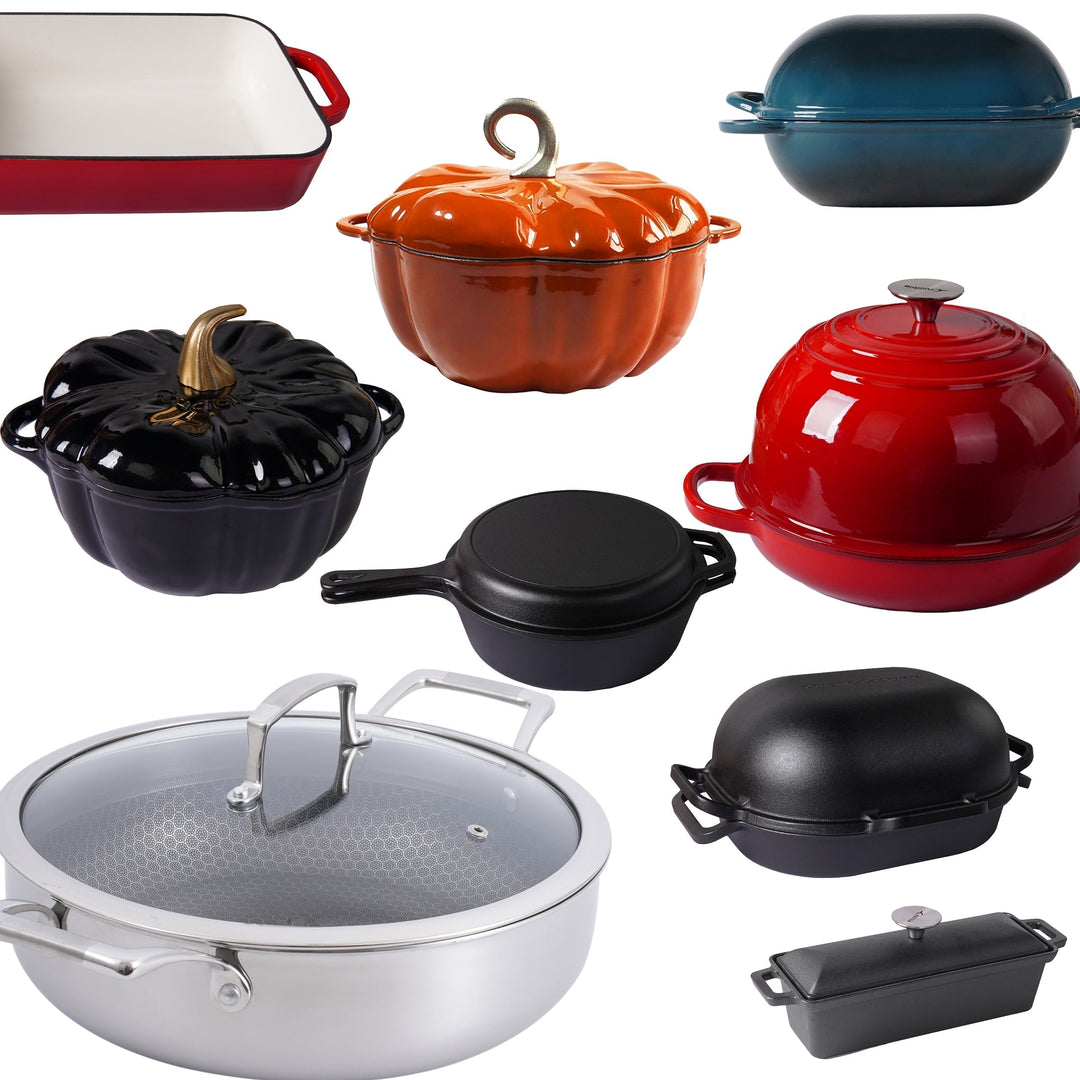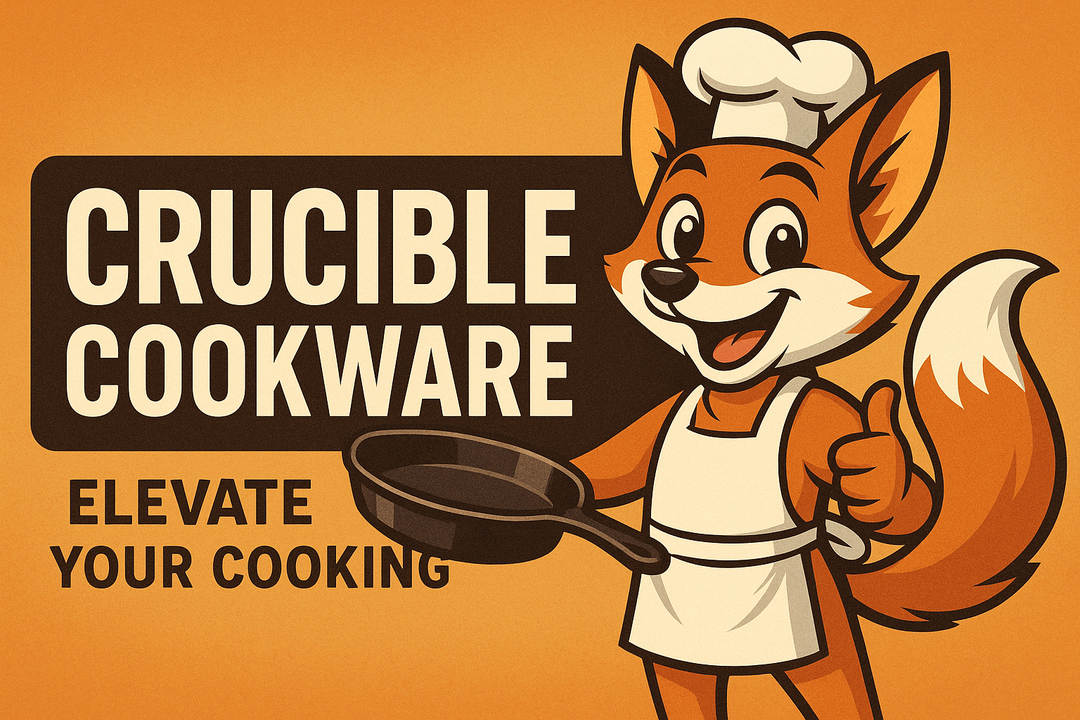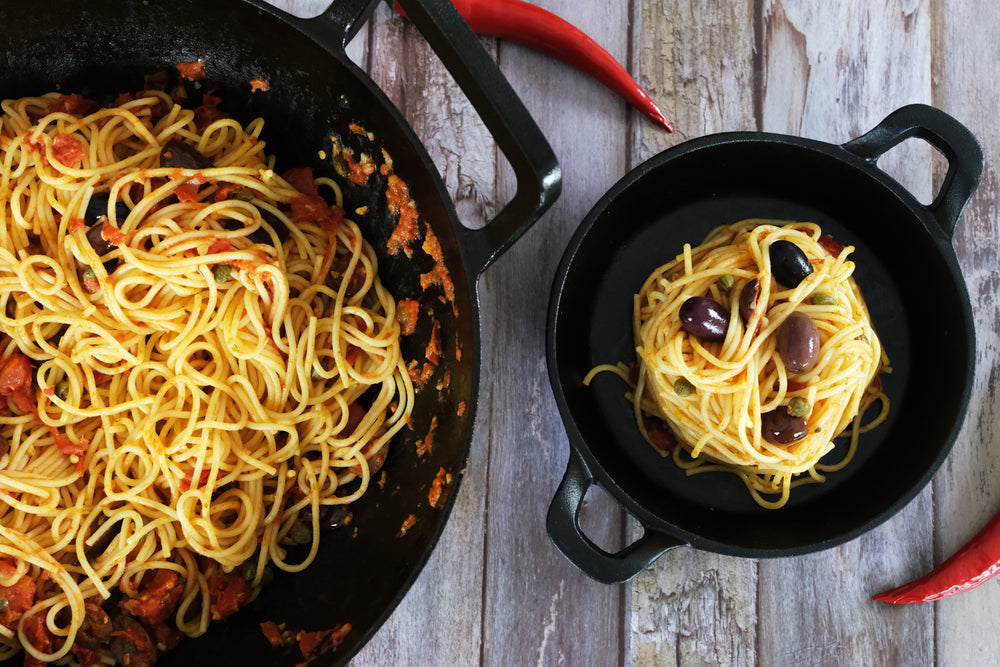Cast Iron Braising: How Low and Slow Cooking Unlocks Deep Flavor

Braising is one of the most transformative cooking techniques for creating tender, flavorful meals. By combining an initial sear with gentle, slow cooking in a flavorful liquid, even the toughest cuts of meat and hearty vegetables become rich, melt-in-your-mouth dishes. With a versatile cast iron skillet, mastering braising at home is both approachable and rewarding.
The Science Behind Braising
Braising works by slowly breaking down tough fibers in proteins and vegetables while infusing them with flavor from the cooking liquid. This low-and-slow process allows collagen in meats to convert into gelatin, creating a luxurious, silky texture. Meanwhile, vegetables and aromatics meld with the liquid, developing deep, layered flavors that elevate the entire dish.
Preparing Ingredients for Braising
Preparation is key to a successful braise. Begin by patting proteins dry and searing them in a hot cast iron skillet to develop a rich, golden-brown crust. Searing not only adds flavor but also helps maintain moisture during the slow cooking process. Next, select complementary vegetables and aromatics such as onions, carrots, celery, garlic, and herbs. These ingredients add both sweetness and depth to your braising liquid.

Choosing a Braising Liquid
The braising liquid is essential for flavor development. Stock, wine, beer, or a combination of liquids works beautifully. Consider balancing acidity, sweetness, and richness—for example, using a splash of wine for brightness and a bit of honey or tomato paste for subtle sweetness. The liquid should partially cover the proteins and vegetables, allowing flavors to meld while leaving room for evaporation and concentration.
Braising Techniques
-
Sear Proteins: Preheat your cast iron skillet and brown proteins on all sides to develop flavor.
-
Add Aromatics: Sauté onions, garlic, and vegetables to build layers of flavor.
-
Add Liquid and Simmer: Pour in your chosen braising liquid until it partially covers the ingredients.
-
Cover and Cook Low and Slow: Simmer gently on the stovetop or transfer to a preheated oven for consistent heat. Timing depends on the protein—tougher cuts require longer cooking.

Finishing and Serving
Once your braise is tender, remove proteins and vegetables and reduce the liquid on the stovetop for a concentrated, flavorful sauce. Adjust seasoning and finish with fresh herbs or a splash of acid like lemon juice or vinegar to brighten the dish. Serve alongside grains, potatoes, or rustic bread to soak up the sauce, completing a hearty, satisfying meal.
Why Cast Iron Excels
Cast iron is ideal for braising because it retains and distributes heat evenly, ensuring consistent cooking throughout. Its versatility allows you to move seamlessly from stovetop searing to oven simmering without changing pans. Additionally, the fond—the caramelized bits left in the pan—enhances the braising liquid, adding richness and complexity to the final dish.


Encouraging Creativity
Braising is an open invitation to experiment. Try different proteins, seasonal vegetables, and international spices or sauces. Mix grains or beans into your skillet for complete one-pan meals. Each attempt allows you to discover new flavor combinations and textures while creating comforting, restaurant-quality dishes at home.

Conclusion
Skillet braising transforms simple ingredients into tender, flavorful, and deeply satisfying meals. By combining searing, slow cooking, and a carefully chosen liquid, you can elevate everyday proteins and vegetables into rich, comforting dishes. Embrace low-and-slow cooking in your cast iron skillet and unlock the full potential of your ingredients.















Lascia un commento